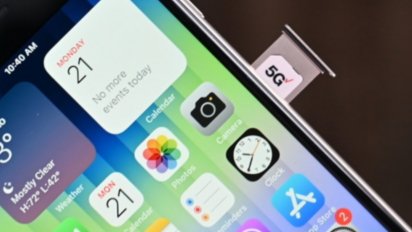Apple didn't radically redesign the iPhone 13, but that doesn't make it any less of an upgrade than the iPhone 12 before it. The A15 Bionic processor improves photo processing, and the battery life is extended by an hour or more in regular use.
More advanced technology changes were reserved for the iPhone 13 Pro models. However, the standard iPhone still has plenty to offer at a much lower price. Fans of the mini iPhone should take particular interest in the 2021 model, considering it may be the last.
Apple announced the iPhone 14 and iPhone 14 Pro in September 2022 as a replacement lineup for the 2021 models. The iPhone 13 mini was still available for purchase for an extra year since a newer model of that size wasn't introduced.
Apple finally discontinued the mini in 2023 with the announcement of the iPhone 15. The standard iPhone 13 remains for sale.
iPhone 13 Features
Design
Apple doesn't change its device designs but once every few years, so the iPhone 13 retains the iPhone 12 redesign. Each model features flat sides made from aluminum sandwiched between glass plates.
There aren't many design changes to differentiate the 2021 and 2020 iPhones beyond new color options and rearrangement of the camera module. However, the design differences are enough to require a new case since certain parts of the iPhone have moved. For example, the speaker grill is higher in the bezel now since the notch is slightly smaller.
The colors available for this generation are midnight, blue, starlight, pink, and PRODUCT (RED). Apple introduced a new green option during its March 2022 Apple event.
The first design change users will notice is the smaller notch. After years of using the same-sized notch to house the Face ID components, Apple has finally reduced its size by 20%.
The smaller notch size doesn't change much about what information is displayed on the screen. However, it offers slightly more content viewing space.
The dimensions of the iPhone 13 are mostly unchanged though they are slightly thicker and heavier than the previous models.
| iPhone 13 mini | 131.5/5.18 | 64.2/2.53 | 7.65/0.30 | 141/4.97 |
| iPhone 13 | 146.7/5.78 | 71.5/2.82 | 7.65/0.30 | 174/6.14 |
| iPhone 13 Pro | 146.7/5.78 | 71.5/2.82 | 7.65/0.30 | 204/7.19 |
| iPhone 13 Pro Max | 160.8/6.33 | 78.1/3.07 | 7.65/0.30 | 240/8.46 |
| iPhone SE (2020) | 138.4/5.45 | 67.3/2.65 | 7.3/0.29 | 148/5.22 |
| iPhone 12 mini | 131.5/5.18 | 64.2/2.53 | 7.4/0.29 | 135/4.76 |
| iPhone 12 | 146.7/5.78 | 71.5/2.82 | 7.4/0.29 | 164/5.78 |
| iPhone 12 Pro | 146.7/5.78 | 71.5/2.82 | 7.4/0.29 | 189/6.66 |
| iPhone 12 Pro Max | 160.8/6.33 | 78.1/3.07 | 7.4/0.29 | 228/8.03 |
Aluminum models were shared in April showing the same expected designs portrayed in earlier leaked diagrams. Things like no mini size, a new max version, and a rear two-camera system were corroborated by these models.
Display
The iPhone 13 has a 6.1-inch screen, and the iPhone 13 mini has a 5.4-inch screen. They both use Apple's Ceramic Shield cover glass, which adds improved drop protection.
The Super Retina XDR display is 28% brighter up to 800 nits for regular content 1200 nits for HDR. In addition, the P3 color gamut and high pixel density mean text will pop, and photos and videos will appear sharper.
Apple reserved the new ProMotion variable refresh displays for its pro models. The standard iPhones retain the 60Hz refresh rate of previous generations.
iPhone 13 Cameras
Apple didn't change much about the rear wide-angle camera — it uses the same f/1.6 aperture and 12MP sensor. Thanks to the new diagonal camera position, the new wide lens has sensor-shift optical image stabilization. However, Apple says it captures 47% more light than before.
The most significant upgrade is the ultra-wide-angle camera since it has far improved low-light performance over the iPhone 12. It is also capable of shooting night mode photos for the first time.
New Camera Features
Cinematic Mode is an algorithmic video function similar to Portrait Mode for photos. It creates an artificial bokeh around the subject while intelligently tracking them. It also detects when the subject changes or a person looks away from the camera.
Since this effect is applied via an algorithm, it can be adjusted after recording. In addition, Apple says modern devices running iOS 15 can edit the footage with support for Mac editing coming in a later update.
Photographic Styles are another feature that takes advantage of Apple's advanced photography pipeline. Users can create preset rules for the camera to capture their style of photo while shooting. These aren't filters but intelligent processing alterations that take skin tone and the environment into account.
No macro mode
Despite having an ultra-wide camera, Apple didn't include the new macro mode in its non-pro iPhones. This is due to a difference in the camera's capabilities between the devices.
The primary reason macro mode can work is autofocus. The new ultra-wide camera system on the iPhone 13 Pro can autofocus up to 2cm from a subject, thus enabling this macro trick. The non-pro models have an improved ultra-wide sensor but no autofocus.
Some third-party camera apps have sought to correct this disparity. One app called Halide enables any iPhone to take photos at a much closer distance than the standard camera app using intelligent algorithms.
True Depth Camera System
The True Depth camera system was redesigned so that it fits in a space that is 20% smaller. Ever since the iPhone X, users have asked for a smaller notch or its removal. Some Apple competitors adopted the notch design, then quickly jumped to hole-punch displays.
The Face ID system is unchanged from previous generations. It consists of six different sensors used to scan a user's face for biometric security. It includes the infrared camera, flood illuminator, proximity sensor, ambient light sensor, dot projector, and selfie camera.
The selfie camera also remains unchanged from the iPhone 12 models, though the A15 Bionic has an improved image signal processor, which will produce better images from the same camera. The iPhone 13 selfie camera is also capable of Cinematic Mode video and Photographic Styles for photos.
Thanks to an update in iOS 15.4, any iPhone XS or newer with Face ID has the ability to authenticate users who are wearing masks. It relies on differentiating features around a user's eyes and doesn't work with sunglasses. It replaces standard Face ID when in use and is less secure due to it using less data points.
Due to this feature relying heavily on a person's eyes, Apple also added the ability to scan various glasses a person owns. This allows Face ID to work even if someone has a different set of glasses for reading and driving.
A15 Bionic Processor
The A15 is a custom Apple Silicon processor built on the 5nm process with a faster Neural Engine, an advanced ISP, and a faster CPU. This translates to better photos, faster algorithmic computational skills, and improved app processing speeds.
The speed increases and advancements in machine learning intelligence enable many new computational feats, like the Neural Engine computing 15.8 trillion operations per second. Apple says this allows for features like the new Cinematic mode and Photographic Styles.
Apple differentiated the A15 Bionic between standard and pro iPhone models. The company hasn't gone into much detail, but the 5-core GPU seems the key differentiator. Some new features like ProRes recording are restricted to the pro devices due to the difference in computing power.
The A15 provides enough efficiency improvements that battery life is more than an hour longer in every model.
MagSafe
MagSafe remains a primary feature in the iPhone 13 lineup. The feature set hasn't changed, though Apple is happy to tout the expanding accessory lineup for the system.
Since MagSafe is universal, users won't need to purchase new accessories for compatibility with the new iPhones, except for maybe the case. The MagSafe Charger, Wallet, and MagSafe Battery Pack work as before.
Apple did announce an update to the MagSafe Wallet that enables using the Find My network to locate it. This doesn't replicate the functionality of an AirTag but does alert the iPhone of its last attachment location to help the user in finding it.
Third-party manufacturers have embraced Apple's magnetic accessory format with a slew of bedside chargers, car dash mounts, wallets, cases, and more. These accessories offer a new way to get more out of the iPhone without worrying about year-over-year compatibility.
Wireless Capabilities
5G
Apple introduced 5G capabilities in the iPhone 12 lineup and increased the number of available antenna bands for the iPhone 13. All models have 5G with sub-6GHz and mmWave capabilities, but Apple only supports mmWave in the United States.
The addition of new bands means some users in some locations may see faster download speeds thanks to accessing that band. Some users report a jump of 40MB/s to 400MB/s between iPhone generations.
The mmWave 5G band is only available in select locations like big city centers or sports stadiums. A user could see gigabit download speeds in direct-line-of-sight of a mmWave 5G tower. Of course, network congestion in a crowded location will cause that speed to drop significantly.
WiFi 6
Apple uses 802.11ax with 2x2 MIMO, or WiFi 6, in its latest devices. It is a highly efficient standard that quadruples throughput and translates to 75% lower latency when compared to 802.11ac.
Users with WiFi 6 routers and high-speed internet connections will notice a significant speed increase over older iPhone models. Lower latency, fewer dropouts, and faster connections mean an overall improved WiFi experience for the user.
Bluetooth 5.0
The latest Apple devices support Bluetooth 5.0, offering connection improvements and range over previous generations. The spec includes support for Bluetooth Low Energy, introduced in Bluetooth 4.0, which is essential for products that need smaller power supplies.
What Bluetooth 5.0 means for iPhone users is simple — better connections over longer distances. Bluetooth still isn't a great medium for data transfer, but it works great for streaming music to a set of wireless headphones like Apple's AirPods.
Apple Self Service Repair Program
The Self Service Repair program gives customers the ability to repair a broken iPhone from the comfort of their own homes. If a customer doesn't have an Apple Authorized Service Provider nearby, or they just want to tackle the repair themselves, then the Self Service Repair program acts as an alternative option.
The tools and parts are sold at the same prices Apple pays when ordering them in-store. Some repairs may save the customer a dollar or two usig the program, but it means doing the labor themselves and sacrificing any liability that the Apple Store would take for a botched repair.
The program only exists for iPhone models like the iPhone 13 or iPhone SE for now. It is expected to expand to M-series Macs in the near future.
Comparing iPhone models
iPhone 13 versus iPhone 13 Pro
The iPhone 13 is made from aluminum, making it lighter than the iPhone 13 Pro. The camera module is smaller on the standard models, and button placement is slightly different, so cases cannot be used across models.
The pro's display is brighter and uses ProMotion to make animations incredibly smooth. The lack of refresh rate control on the standard model also means battery life is lower for some tasks.
Both models use the A15 Bionic processor, but the GPU cores differ based on the device. The pro models have a five-core GPU, while the standard models have four cores.
The dual-camera module on the standard iPhone houses a wide-angle and ultra-wide-angle lens. Pro models get an additional telephoto lens capable of 3x zoom.
Camera capabilities are slightly different since the aperture is wider for pro lenses. Pro users also get access to modes like Macro and ProRES video.
Read the spec breakdown and more feature differences in the full report: iPhone 13 Versus iPhone 13 Pro.
iPhone 13 Review
The iPhone 13 is the smartphone for everyone not looking for a specific feature. It lies between the mini and max sizes while offering just the right amount of features to make it worthwhile. Those looking for a better display or more camera features will choose the more expensive pro version.
The design didn't change much year-over-year, with only a slight thickness increase, diagonal camera arrangement, and smaller notch. Features like MagSafe charging are still here, and Apple increased the base storage from 64GB to 128GB at the same price.
We feel that this release would have constituted Apple's classic "S" naming scheme, so 12S rather than 13, due to the upgrades presented. Apple generally only brought about camera changes and battery life improvements for "S" years, which is mostly what we see here.
The shrinking of the notch seems to be a double-edged sword for the company. On the one hand, the notch is smaller, and the technology being used for the system has shrunk to fit. On the other hand, Apple isn't doing anything with the extra space.
Customers who don't have in-depth knowledge of the iPhone will see the notch as an eyesore when compared to the competition. Samsung and others have moved to hole-punch cameras that enable eye-catching edge-to-edge displays, but Apple has to stick with its "old" notch design. The notch still exists for the True Depth camera array that powers the secure Face ID system, but knowing that won't assuage the average user.
The A15 Bionic is more powerful, but users won't notice when performing most tasks. However, the overhead provided by the powerful chip will enable fast iPhone operation for years to come. The increased battery life metric is primarily thanks to improved efficiency brought on by the processor.
Photographic Styles and Cinematic Mode are sure to wow many new customers, but it remains to be seen how much people will be bringing the features to everyday use. Despite its early flaws, we liked Cinematic Mode and expect it will improve with time.
We believe anyone coming from an iPhone older than the iPhone 12 series will be wowed by the battery life and camera upgrades found here. The year-over-year upgrade is more difficult to sell, but there is enough here to justify it for some. Regardless, Apple has another winning smartphone, and we believe the iPhone 13 will wind up being 2021's most popular model.
Pros
- Storage capacities doubled
- A15 Bionic processor still has notable performance upgrades
- Battery life is better
- Notch is somewhat smaller
- Photographic Styles are a great new feature for the camera
- Cinematic Mode has a lot of potential
- MagSafe is more useful than ever
- Still sleek design but with new colors
- Dual eSIM support
Cons
- Minimal camera upgrades
- Last-gen cases won't fit
- Performance gains aren't as significant as years past
- No WiFi 6E
- Price increase from iPhone 12
iPhone 13 mini Review
The iPhone 13 mini exists primarily to satisfy customers left behind when Apple moved to larger iPhone displays. The loudness of the small-iPhone lovers seemed to outweigh real-world demand, however. Apple released the iPhone 12 mini and saw low demand poor sales throughout the year.
Apple obviously planned to iterate the mini model at least once since the iPhone 13 mini did release in 2021. Though it appears this may be the last of its kind.
Casual observers will struggle to pick out how the iPhone 13 mini has changed from the iPhone 12 mini. The smaller notch and the diagonally-aligned rear cameras are the only real identifier outside the new color scheme.
The camera improvements are noticeable and provide better low-light shooting. Cinematic Mode is the most ambitious new feature — impressive but suffers from similar issues to portrait mode.
We benchmarked the A15 processor, and it scored a 10712 compute score in GeekBench 5.0. Single-core performance was 1692, and multi-core came in at 3888. That's a single-core score similar to the iPad Pro with M1 processor.
The major specifications of the iPhone 13 mini versus the iPhone 12 mini haven't changed much — except the A15 processor. Customers will find similar displays, slightly improved cameras, and practically identical enclosures.
Fans of the mini iPhone size will already be lining up for purchase. However, anyone looking for pro features or better cameras will have to look at the more expensive iPhone pro lineup.
This may be the last iPhone mini as Apple did not introduce a new model in the iPhone 14 lineup.
Pros
- Still the same small & easy to hold design
- Improved cameras, again
- Fantastic performance from A15
- Still, that beautiful OLED display
Cons
- Screen size may be an issue for some
- No WiFi 6e
- Likely the last of its kind
Prices and Deals
The iPhone 13 is available in six colors—starlight, midnight, blue, pink, green, and (PRODUCT)RED. You can configure it with 128GB, 256GB, and 512GB of internal storage for $699, $799, and $999, respectively.
The iPhone 13 mini is available in the same six colors as the standard model and starts at $599 for 128GB storage. That moves up to $699 for 256GB and $899 for 512GB.
Wireless carriers are offering a plethora of iPhone deals, with special trade-in offers when you upgrade to iPhone 13.
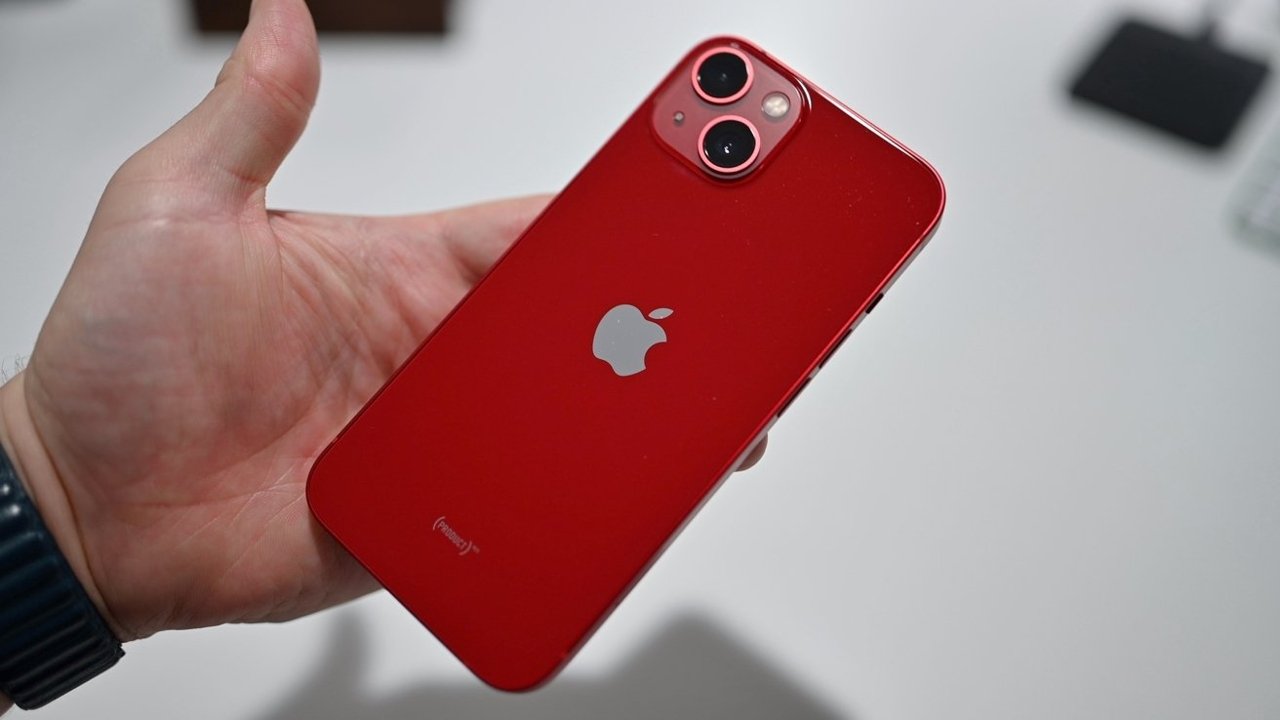
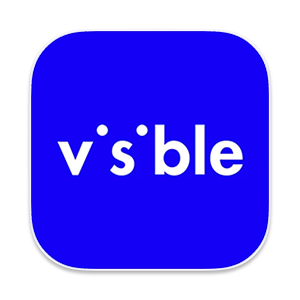
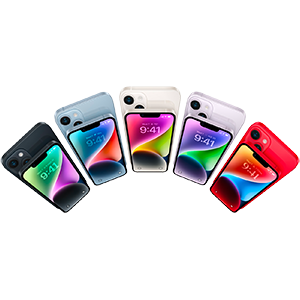
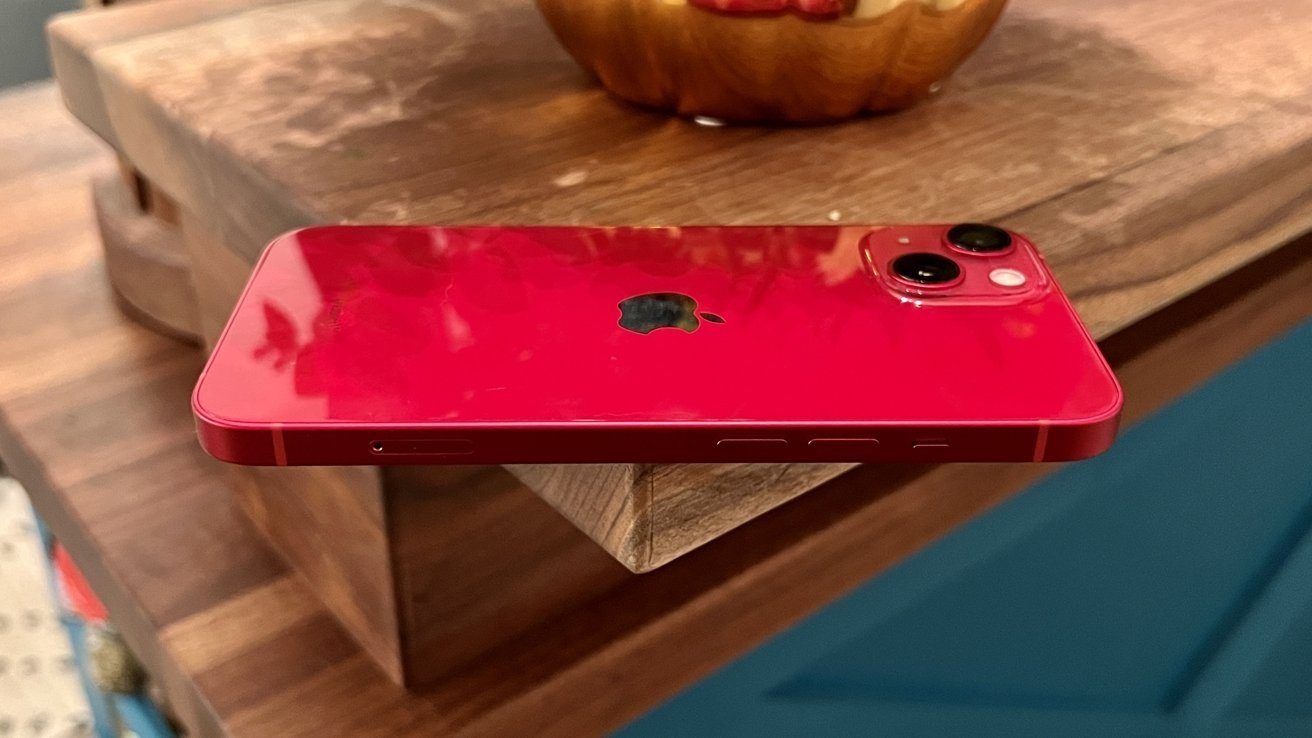

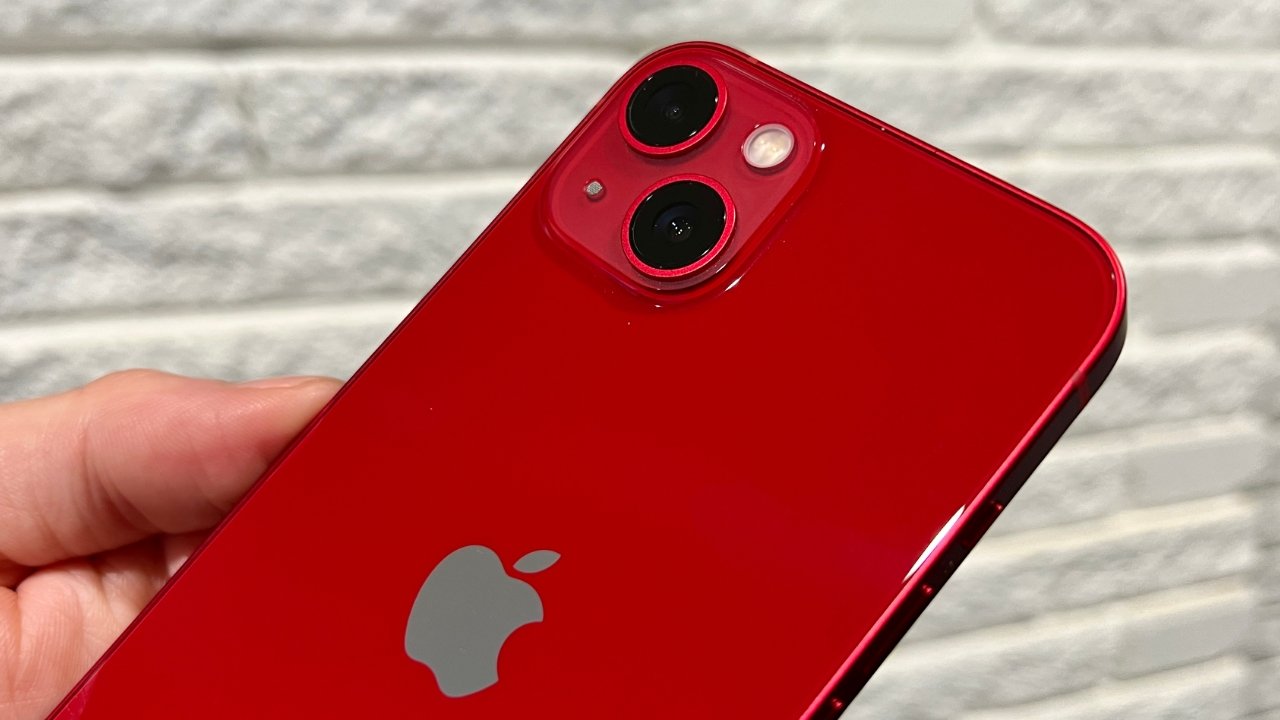
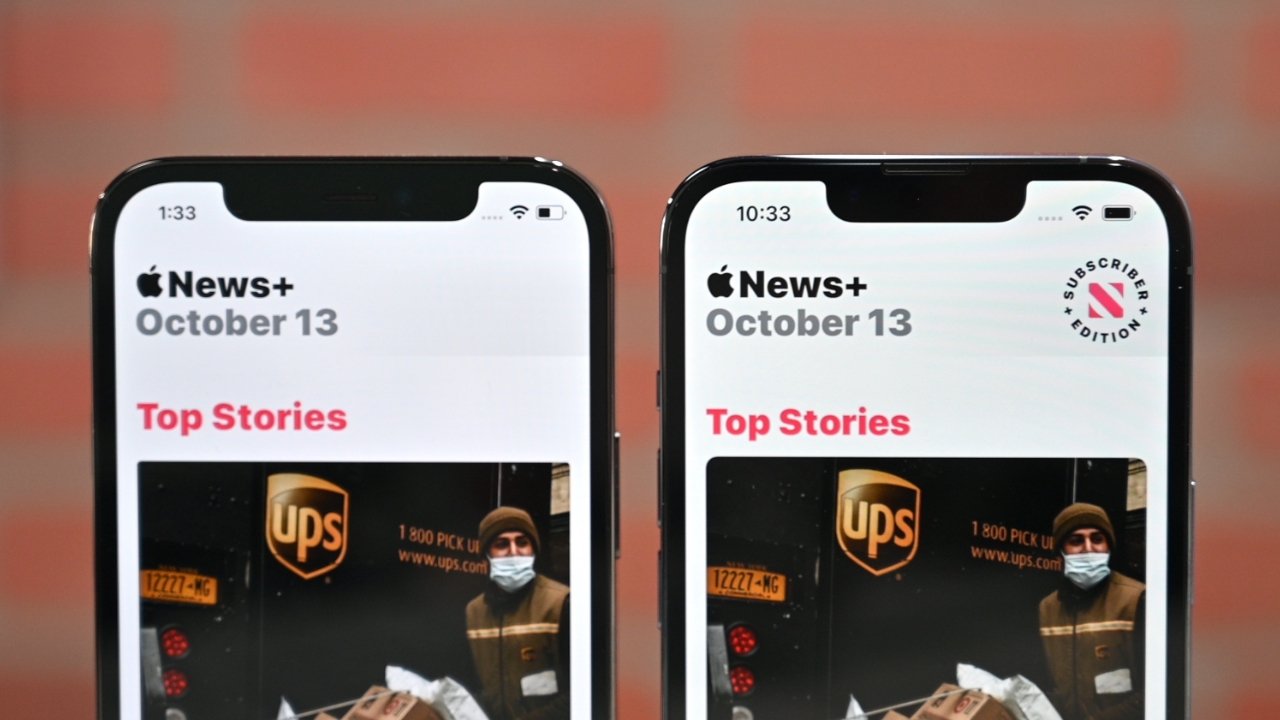
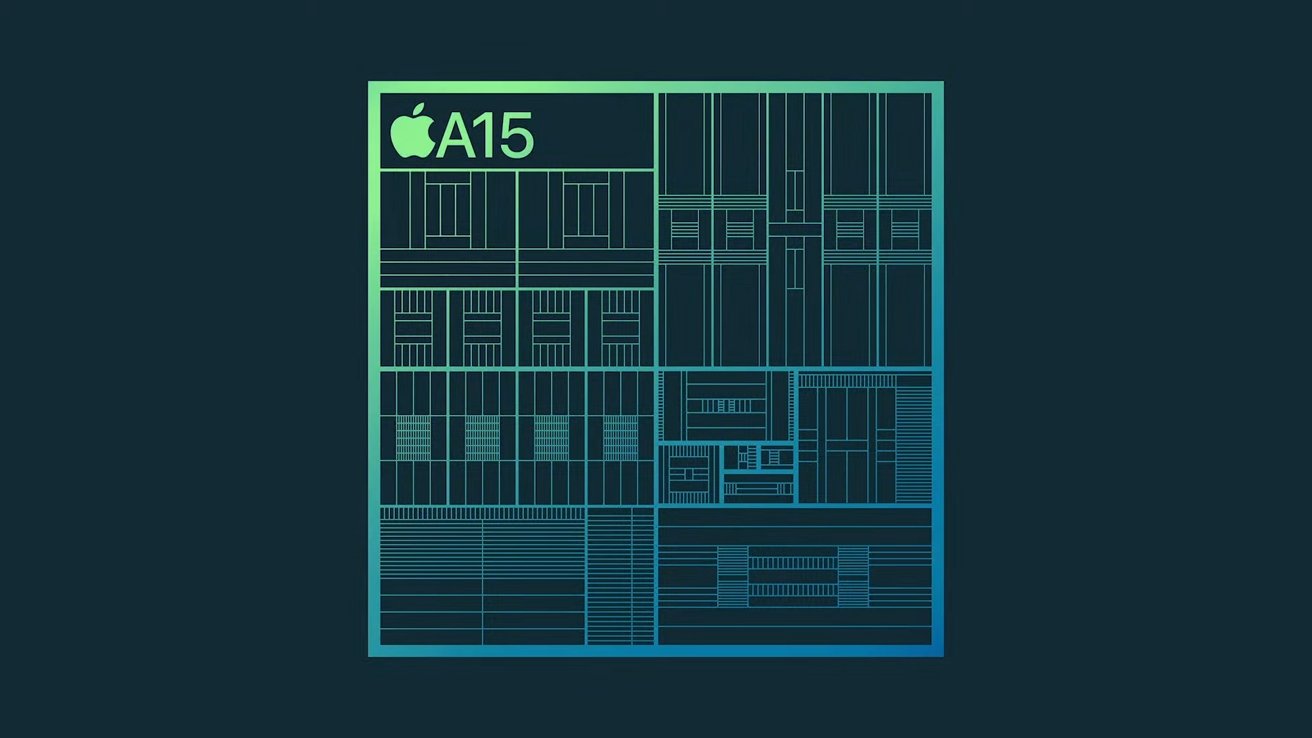
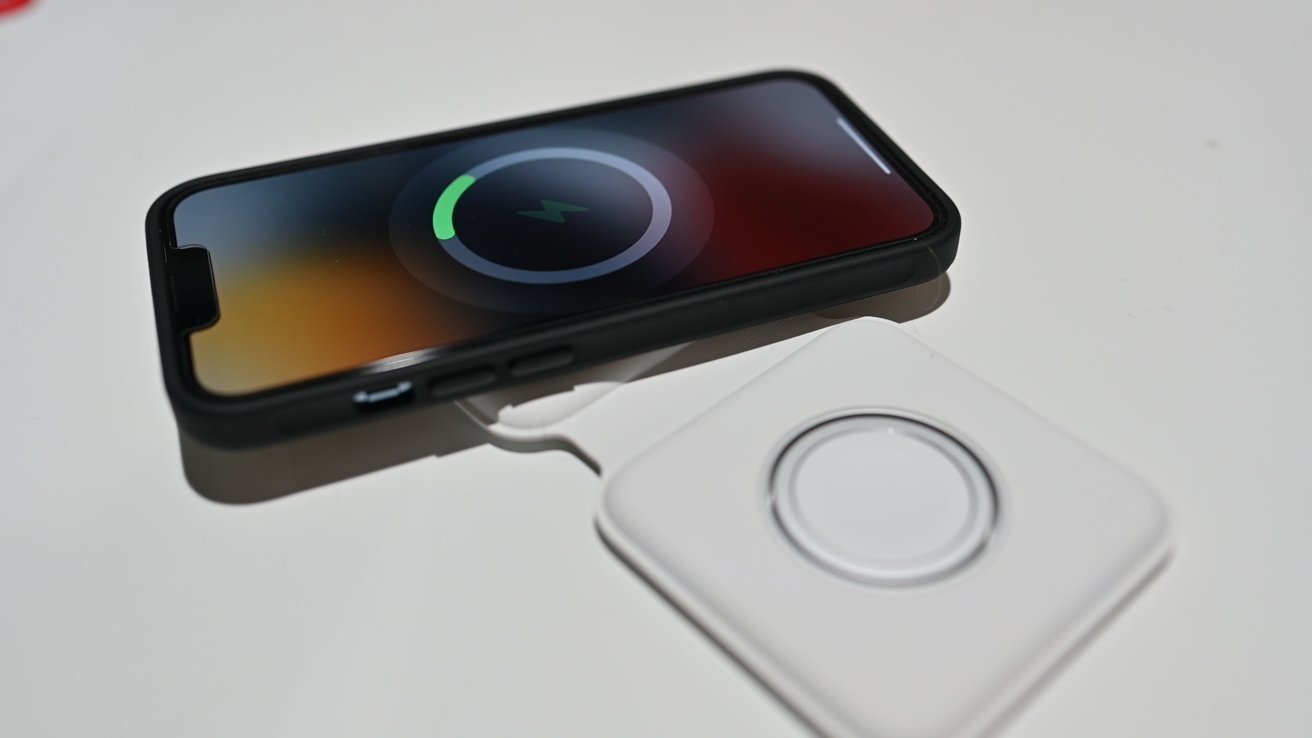
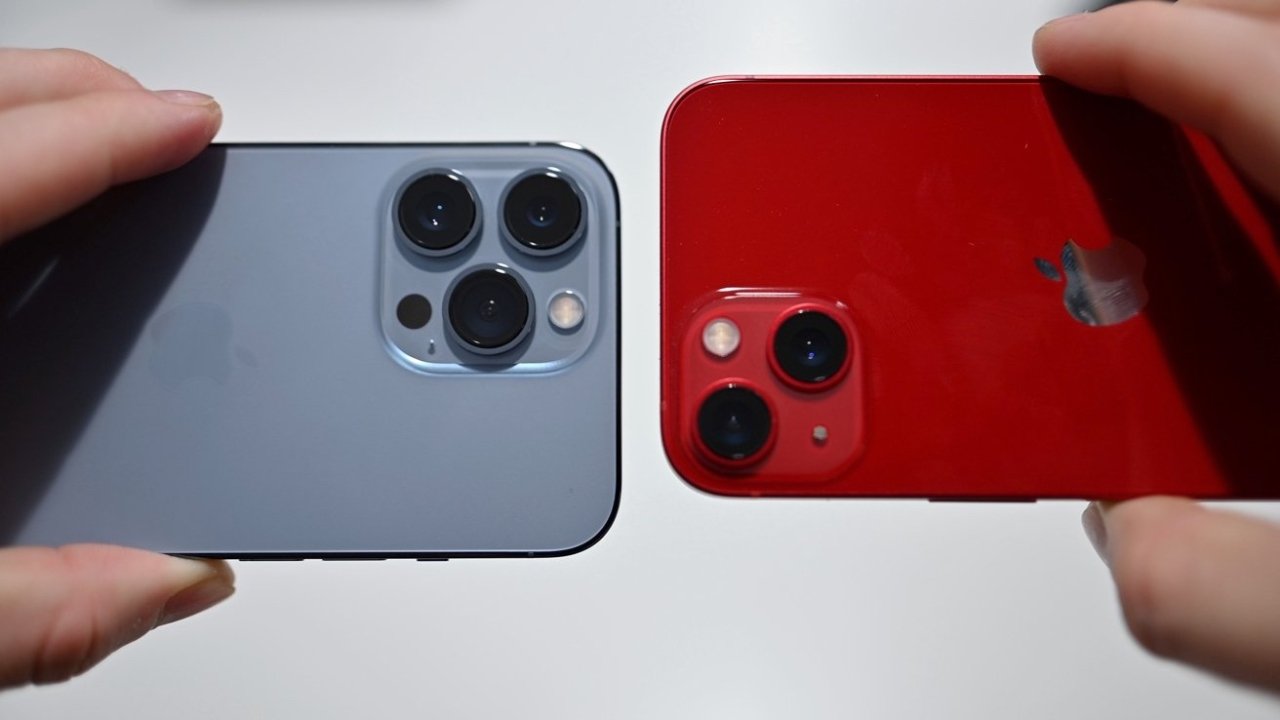
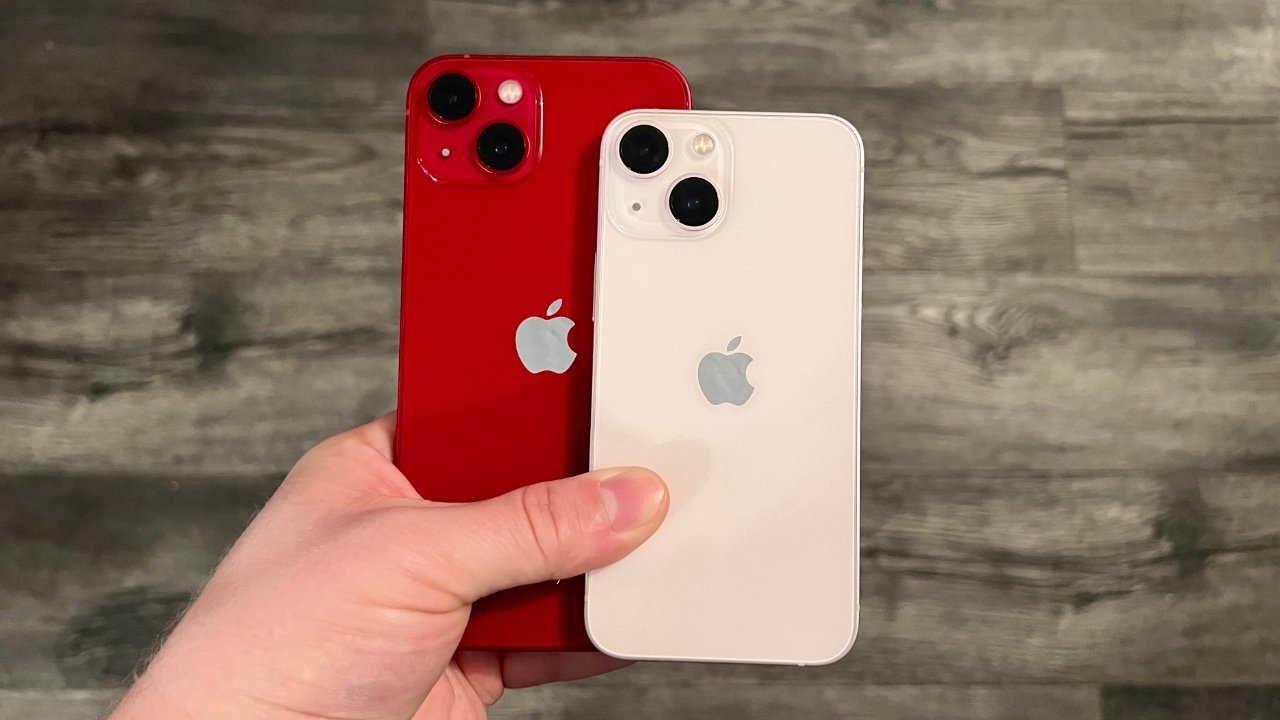
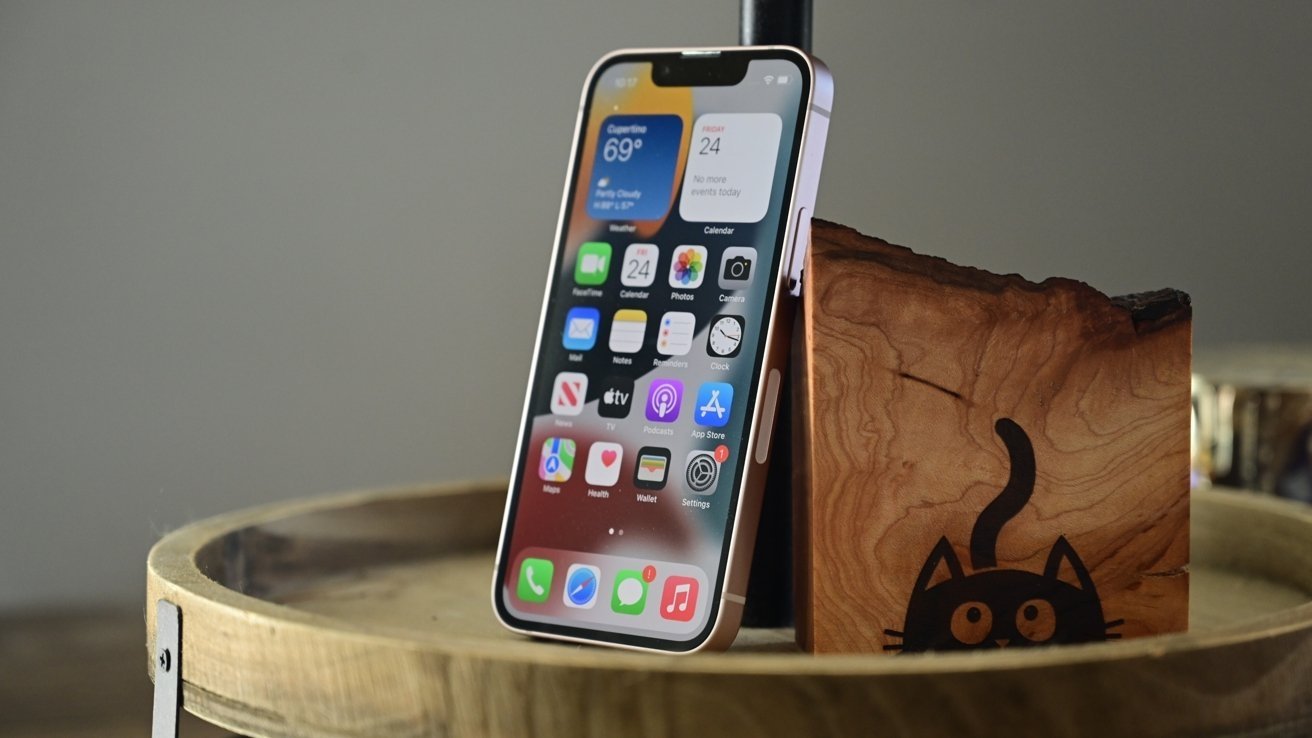
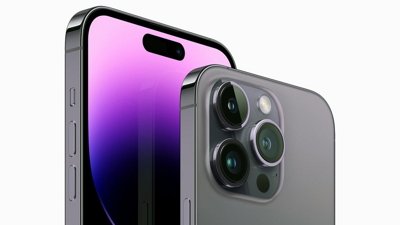
 Charles Martin
Charles Martin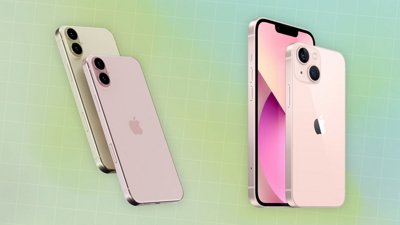
 Malcolm Owen
Malcolm Owen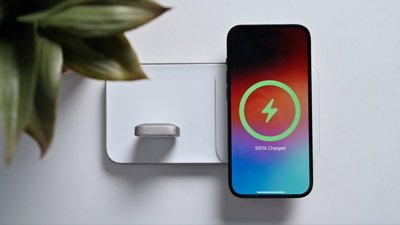

 Amber Neely
Amber Neely
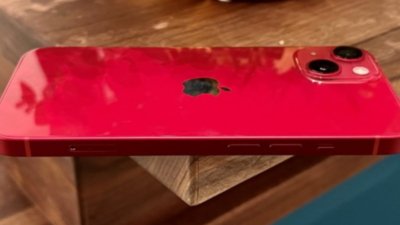
 Andrew Orr
Andrew Orr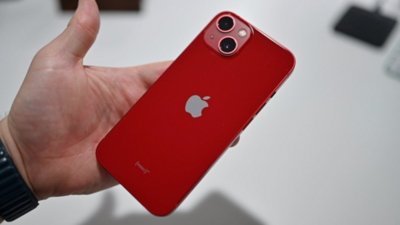

 Wesley Hilliard
Wesley Hilliard
